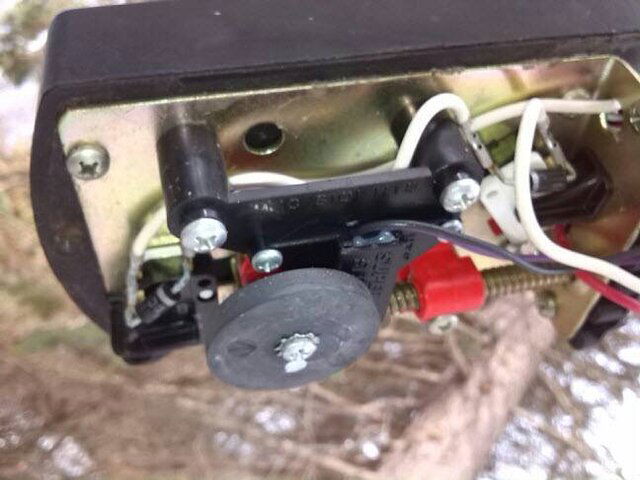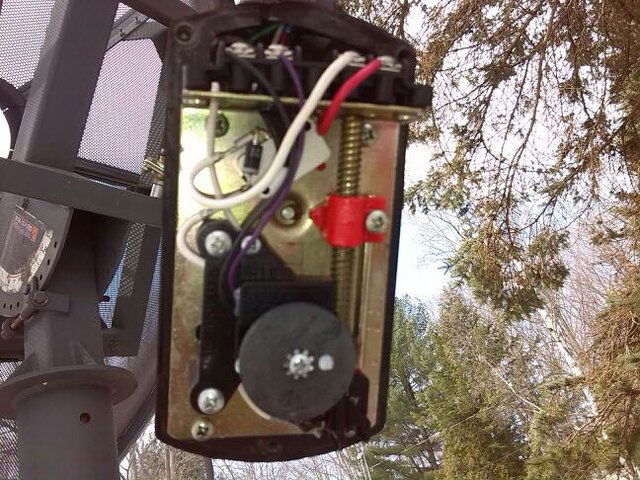My Thomson-Saginaw worked without any problems moving the BUD with a G-Box to exactly where it should move to. Not having that much luck with the ASC-1. Over runs and under runs have been the problem. No slop in the actuator or fittings. It has been stated the ASC-1 is missing counts from the actuator.
So, can/could this be the reed switch and magnet? What about the wires to the actuator? What about....????
A search for over an hour found only Skyvision sold the switch but you had to wait for who knows how long. May be on a slow boat from China.
Any thoughts on why it did work and now it does not? Does the ASC-1 need more "powerful" pulses?
.
Picture shows what I have out there.
So, can/could this be the reed switch and magnet? What about the wires to the actuator? What about....????
A search for over an hour found only Skyvision sold the switch but you had to wait for who knows how long. May be on a slow boat from China.
Any thoughts on why it did work and now it does not? Does the ASC-1 need more "powerful" pulses?
.
Picture shows what I have out there.



